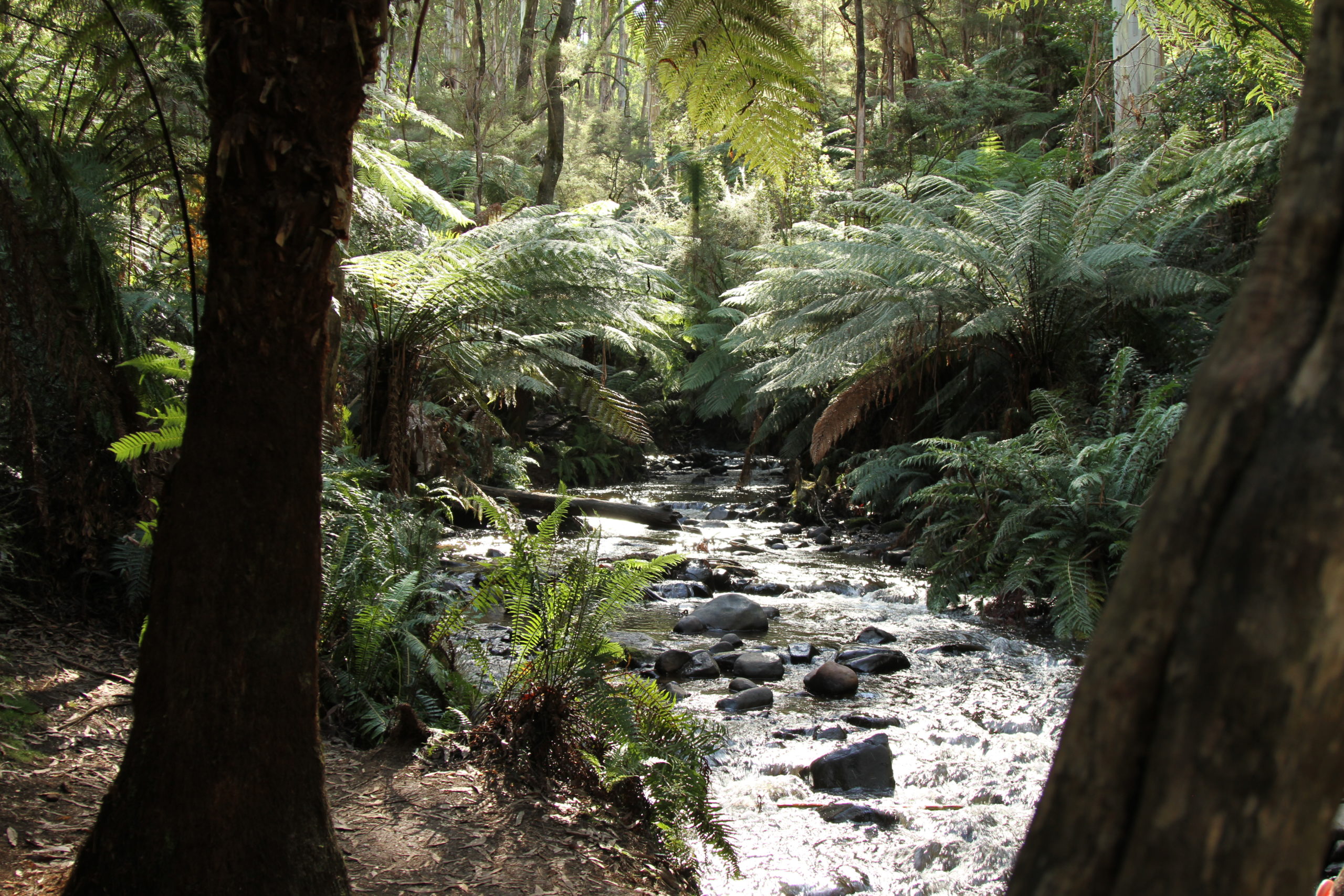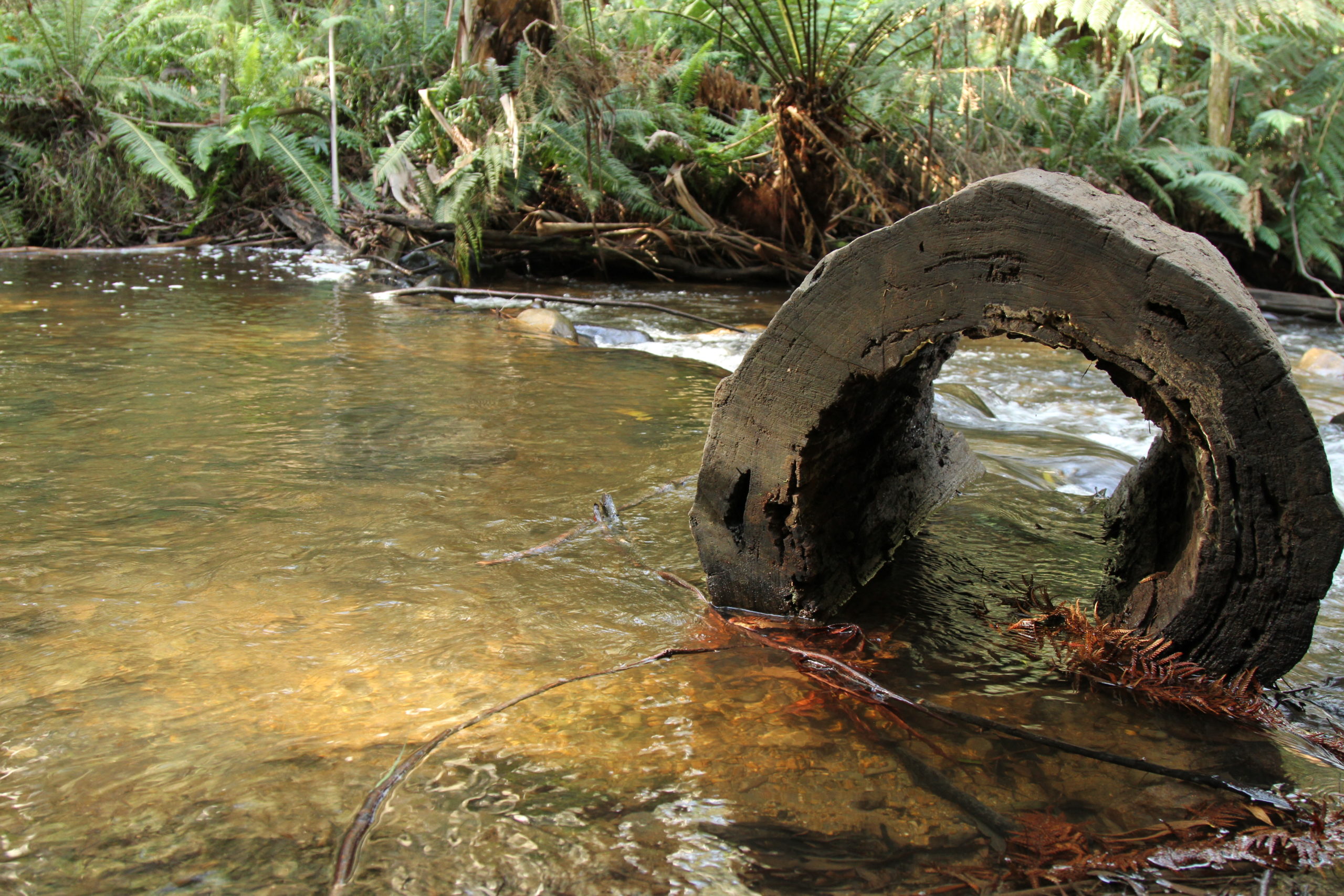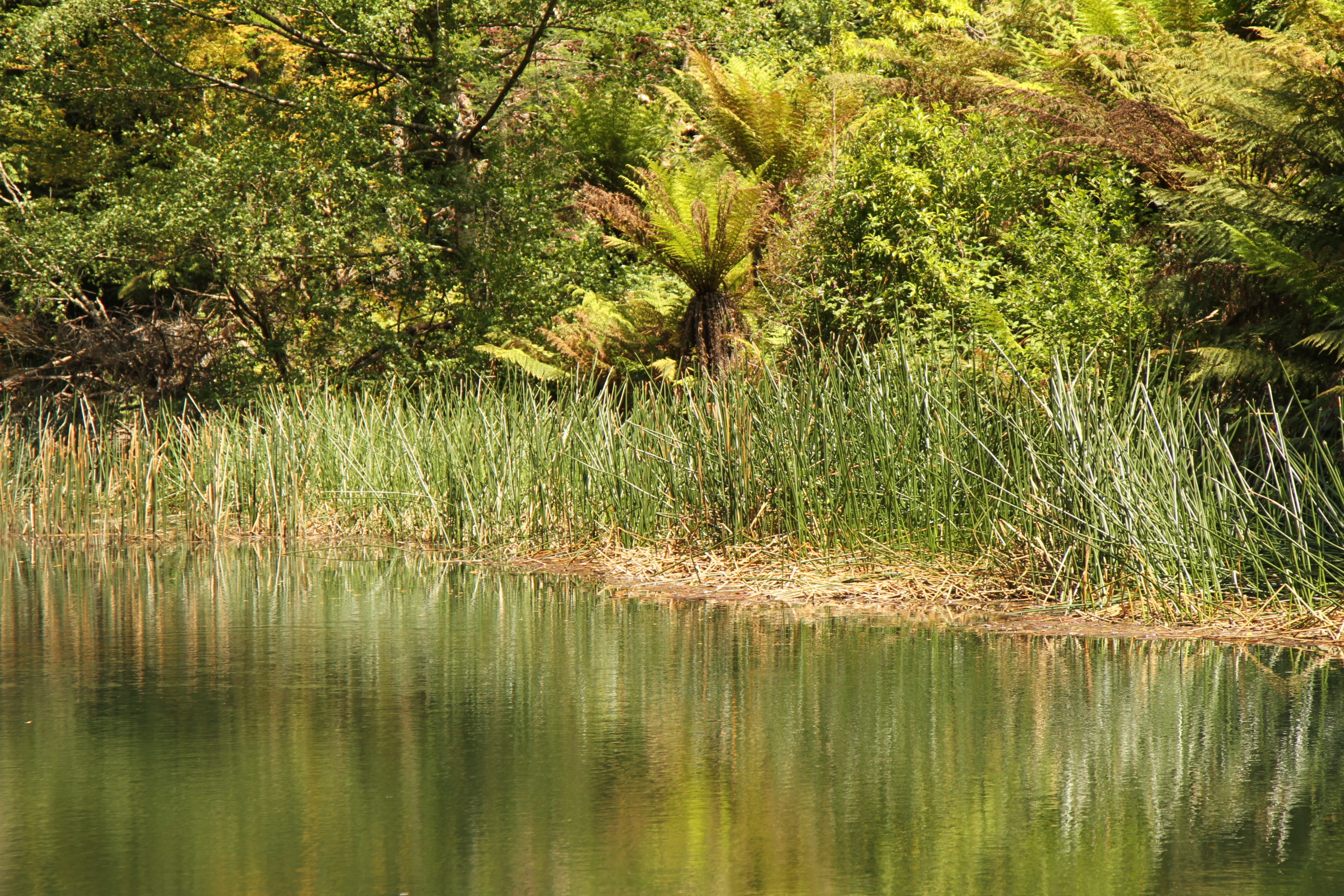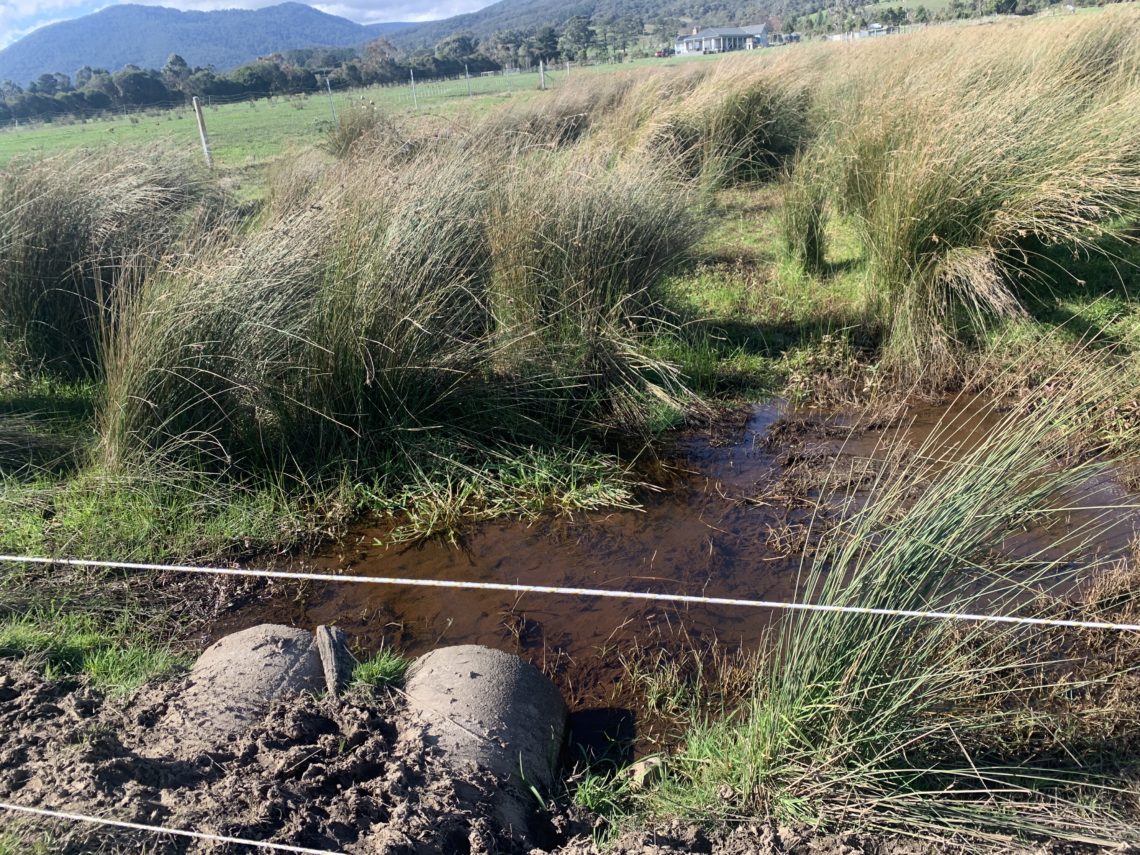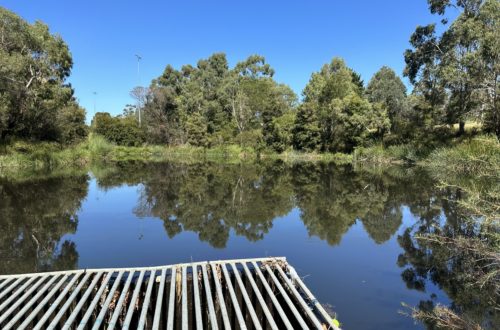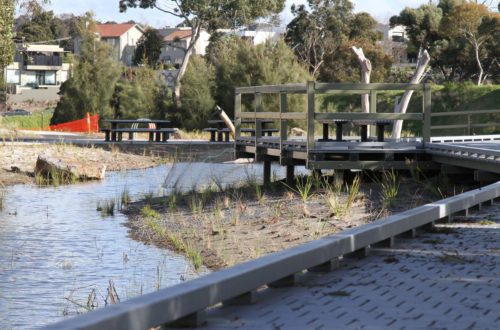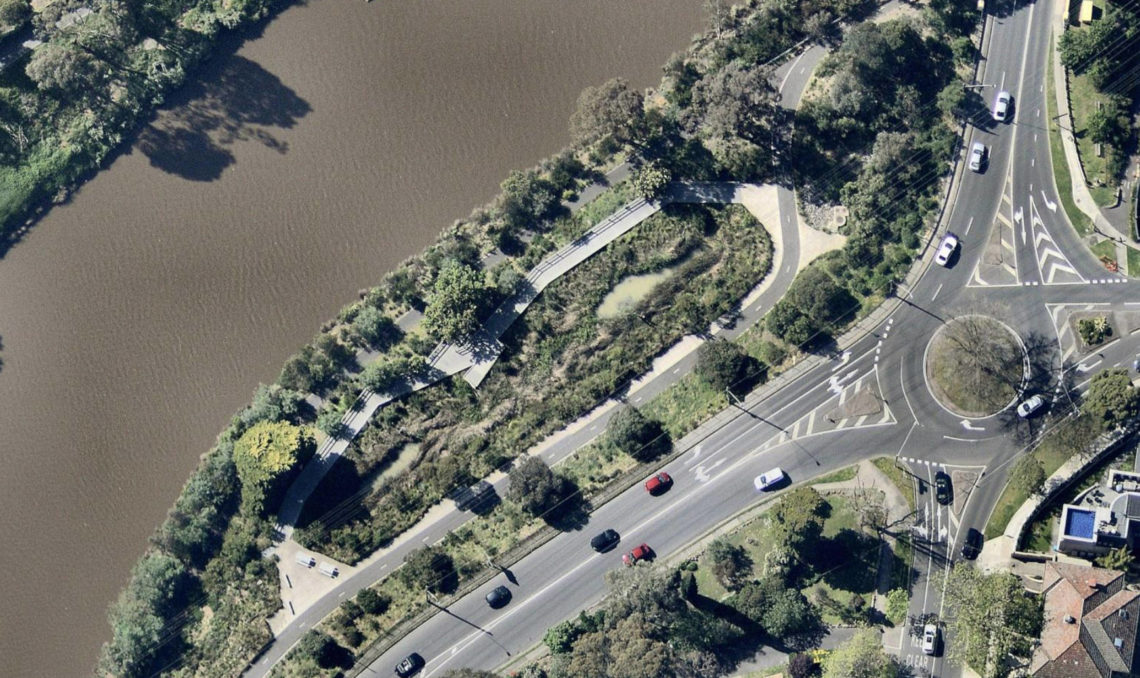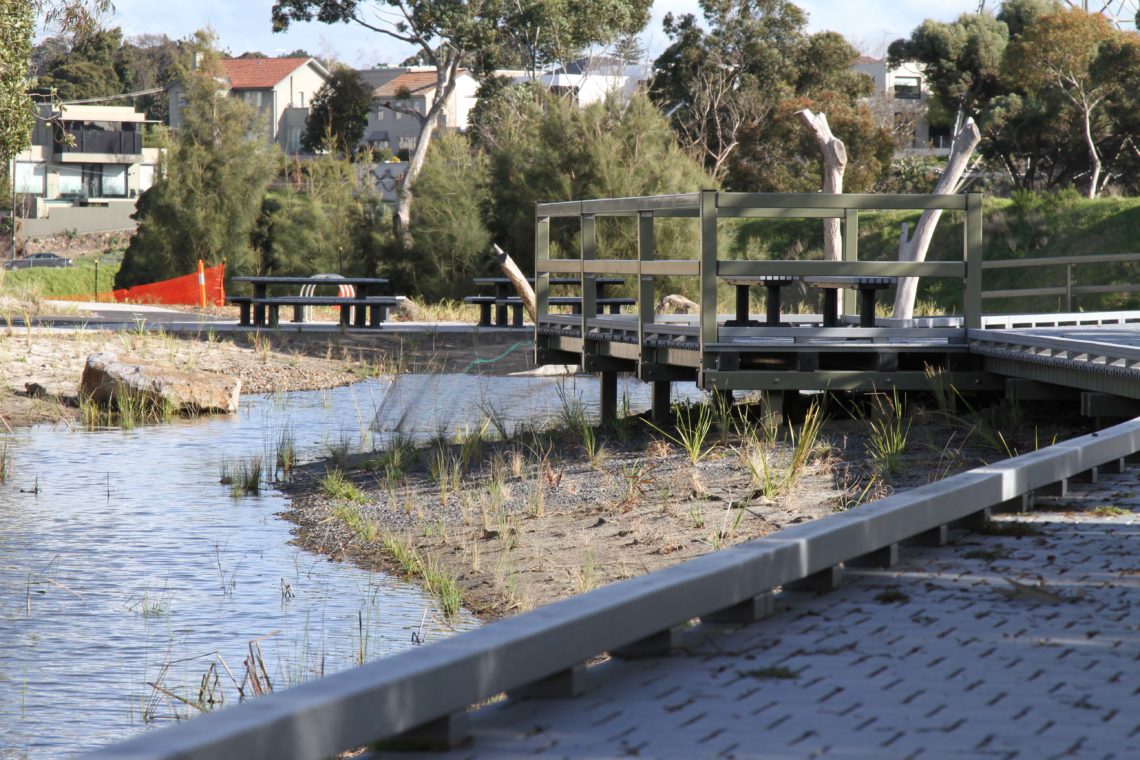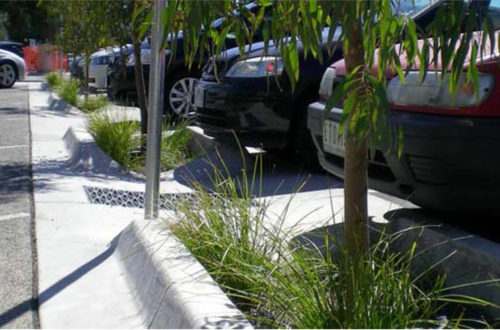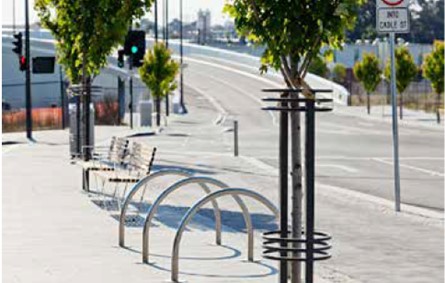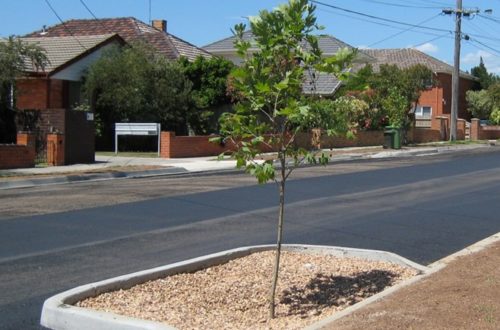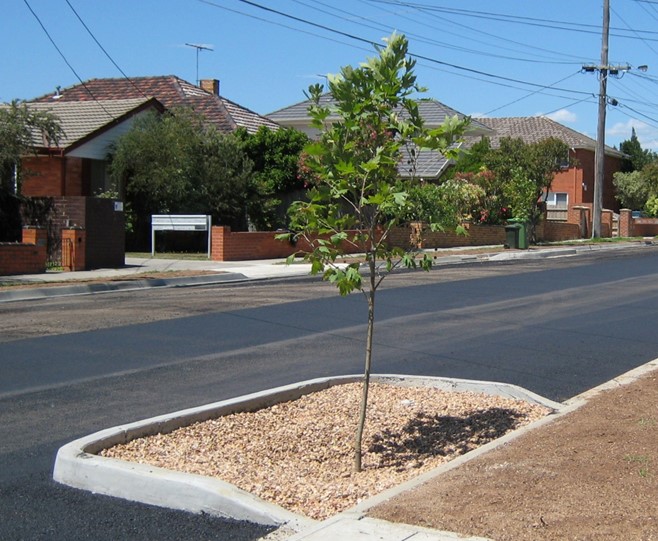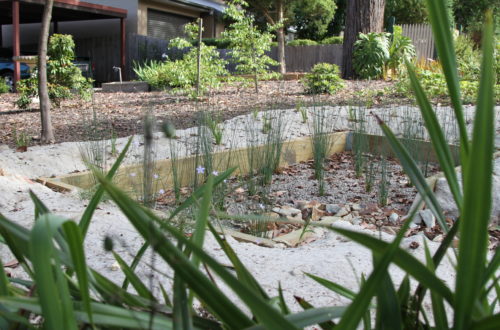-
Rural Lands Program
Jamie Tainton has enjoyed working with the Liveable Communities Liveable Waterways Program at Melbourne Water (previously the Rural Lands Program) over the years. From strawberry and raspberry growers in the Yarra Valley, Container Nurseries in the hills, to dairy farmers in gippsland, the variety and breadth of work is phenomenal. The intention of the program is to create an opportunity to share knowledge and improve the practices of agricutlural properties in small bites. The idea being that many small bites of improvement in a waterway will lead to a much healthier system in the longer term. Projects have included the development of site Stormwater Management Plans, catchment diversions to improve…
-
Revisiting the Chirnside Park Green Spine
The Green Spine was a Shire of Yarra Ranges project where Jamie Tainton (while at Storm Consulting) worked with Aspect Studios on a Green Gateway along the Maroondah Highway between Bushy creek in the west to the Chirnside Park Shopping Centre in the east. The intention of the project was to construct a 3m wide shared pathway along this length with key features that encouraged community interaction and engagement. The path was to included Water Sensitive Urban Design (WSUD) elements to offset the increased impervious footprint. The project also included vast planting of local trees and vegetation to accentuate the intention of the overall “Green Spine”. The project won a…
-
Revisiting the Chirnside Park Main Drain
In 2005, the Chirnside Park Main Drain was built after a year of organisation, collaboration and design. The design looked like the image below and incorporated an existing basket based gross pollutant trap (GPT). An effective diversion ensures the right flows are sent into a sediment basin and the rest are bypassed around. This project was constructed online and included a series of wetland cells, a pool and riffle system, ending in a retarding basin with wetland in the base. It was built as part of a low density residential project while Jamie was at Millar | Merrigan. Today we can see the vegetation has well established. The trees are…
-
Stormwater Management Plans & Strategies
The purpose of a Stormwater Management Plan (SWMP) or Stormwater Mangement Strategy (SWMS) is to highlight the current and future needs of the site with regard to external and internal stormwater flows. The ultimate goal is to provide an outline of the key stormwater infrastructure needed in order to meet the expectations and obligations of development. A stormwater report like this should: Sometimes the development of a project site requires the revisioning or evolving of a previous drainage strategy or development plan established by others (often the relevant authority). This can often be the result of new information, more accurate survey, differing timelines, change in government approach and new policies,…
-
South Yarra Urban Wetlands
This urban wetland was born out of the need for stormwater quality treatment to protect the Yarra and an available public space beneath the powerlines that was difficult to maintain. The stormwater drainage diversion is located on the very busy Grange Rd intersection where there was no clear spot for a truck to maintain it. Instead, a Hydrobrake unit was used to divert specifically limited flows in a large diameter pipe across the road to a GPT. This enabled the larger gross pollutants to be trapped in a location where access for removal was much more reasonable and practical. The wetland is edged in a recycled plastic boardwalk (modwood) so…
-
Monitoring Outcomes of Projects
Jamie has worked with Melbourne University on numerous iniatives throughout her career. From the Little Stringybark Creek Project to passively irrigated street trees. With each of these projects, the monitoring of the systems was a vital component. It’s always great to talk over the requirements of monitoring with the team at Melbourne University and appreciate how we might design infrastructure that enables monitoring. Often additional pits and pipework are required for the University team to install weirs, data loggers and sensors. The orientation and size of this infrastructure is critical to get right and enable them to get the results we all need. The designs generally need to include duplicated…
-
Passively Irrigating Street Trees
Jamie has worked on muliple Passive Irrigtion Projects. Some high profile and urban, some more mainstream in greenfields estates. Trees in urban environments often suffer and can result in stunted growth with limited root growth zones or access to moisture. We find most Council arborists are looking to passively irrigate their trees with more water in hope the next generation of trees thrive. Geotechnical testing is recommended on most projects to determine the infiltration rates of site soils. If they are found to be extremely slow (for eg, clay with sub 1mm/hr) an underdrain is often recommended. This ensures the trees are not waterlogged by the system providing them with…
-
Darebin Passive Street Tree Watering
In this project when Jamie (while at Storm Consulting) assisted Darebin with their new tree plantings. They wanted to install new kerb outstands to control parking in the street and provide additional greening to their wide open streets. A simple fall out kerb was used on this occasion to tip water caught in the uphill kerb and deliver it overland to the tree. It was also utilised around existing street trees, where minor hand excavation established a gradual swale around the tree that encouraged water to fall out and irrigate the tree. The images above show the tree upon installation and the tree today.
-
Station North Urban Renewal Project
The Station North Urban Renewal Project (SNURP) was part of the Revitalising Central Dandenong Project by the Development Victoria (previously VicUrban). During this engagement new street trees were to be installed and passively irrigated along the length of the new road alignment. Jamie (while at Storm Consulting) undertook a water balance of specific tree species to determine an appropriate spacing of trees and tree choice based on that available catchment. Passive irrigation systems were then devised in a very urbanised environment that ensured pedestrian and cycle thoroughfare were safely maintained while the trees received adequate watering.

